Roman Snail
- April 1, 2024
- 0 comment
The Roman snail, scientifically known as Helix pomatia, is a captivating creature that has intrigued humans for centuries. With its distinctive spiral shell and terrestrial lifestyle, this gastropod mollusk is a common sight in various parts of Europe, particularly in regions with temperate climates. The Roman snail’s physical appearance is characterized by a large, globular shell adorned with brown stripes and bands, providing both protection and aesthetic appeal. Beneath this shell lies a soft, slimy body comprising a head with two pairs of tentacles, eyes, and a muscular foot used for locomotion. These snails prefer habitats with moist soil and ample vegetation, such as woodlands, gardens, and hedgerows, where they play essential roles in nutrient cycling and plant population control.

While primarily nocturnal, Roman snails emerge under the cover of darkness to forage for food, consuming various plant matter including leaves, flowers, and fruits. They also play a crucial role in the food chain, serving as prey for numerous predators. Despite their ecological importance, Roman snails face threats from habitat loss, pollution, and overcollection for culinary purposes. Conservation efforts are underway to protect their populations and ensure their continued existence for future generations to appreciate and study.
| Specification | Description |
|---|---|
| Scientific Name | Helix pomatia |
| Common Name | Roman Snail |
| Family | Helicidae |
| Shell Characteristics | Large, globular shell Distinctive brown stripes and bands Varying colors and sizes Provides protection and aesthetic appeal |
| Body Features | Soft, slimy body Head with two pairs of tentacles Eyes Muscular foot for locomotion |
| Habitat | Moist soil Ample vegetation Woodlands, gardens, hedgerows |
| Distribution | Various parts of Europe Temperate climates |
| Behavior | Primarily nocturnal Forages for food under cover of darkness Herbivorous |
| Diet | Plant matter including leaves, flowers, fruits |
| Ecological Importance | Nutrient cycling Plant population control Prey for numerous predators |
| Threats | Habitat loss Pollution Overcollection for culinary purposes |
| Conservation Efforts | Habitat restoration projects Legal regulations on harvesting |
| Cultural Significance | Symbolizes longevity, wisdom, resilience Featured in folklore, art, literature |
| Interaction with Humans | Considered delicacy in some regions Harvested for culinary purposes Subjects of scientific study |
| Legal Status as Pets | Legal restrictions and regulations |
| Lifespan | Up to 5-6 years in the wild Longer in captivity with proper care |
Unveiling the World of Roman Snails

Roman snail, scientifically known as Helix pomatia, is a fascinating gastropod mollusk characterized by its distinctive spiral shell and terrestrial lifestyle. Belonging to the family Helicidae, this species has a rich history and is found in various parts of Europe, particularly in regions with temperate climates.
Roman Snail Physical Characteristics
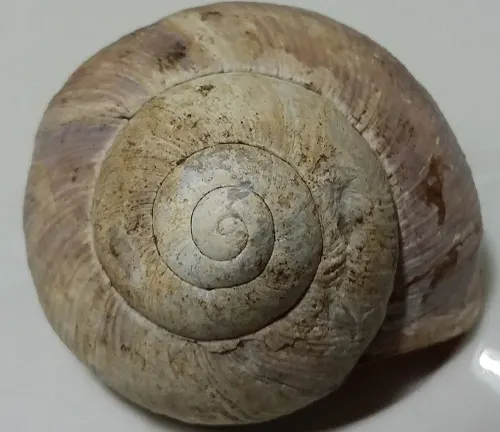
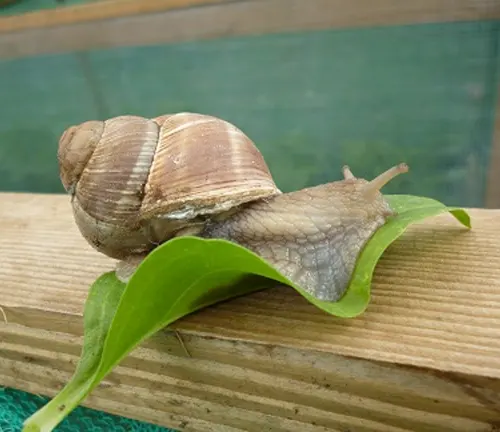
The Roman snail, scientifically known as Helix pomatia, stands out for its captivating physical characteristics. One of the most distinctive features is its large, globular shell adorned with brown stripes and bands. This shell serves as both protection from predators and a means of camouflage in its natural habitat. Depending on factors such as age and environmental conditions, the shell’s color and size may vary, with some individuals reaching lengths of up to 5 centimeters. Beneath the shell lies a soft, slimy body equipped with a head bearing two pairs of tentacles, each housing sensory organs for detecting food and potential threats. These tentacles, along with the snail’s eyes, aid in navigation and survival in its environment.
Habitat and Distribution
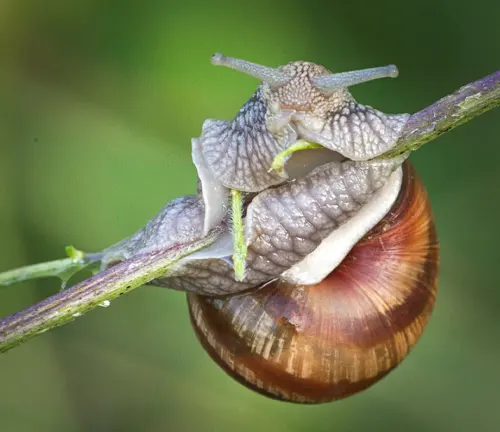

Roman snails are primarily found in regions with temperate climates across Europe. They thrive in habitats characterized by moist soil and ample vegetation, such as woodlands, gardens, and hedgerows. These environments provide the necessary resources for the snails to feed, breed, and hibernate effectively. While they have a wide distribution across Europe, Roman snails prefer areas with moderate temperatures and humidity levels, where they can thrive and contribute to local ecosystems.
Behavior and Lifestyle
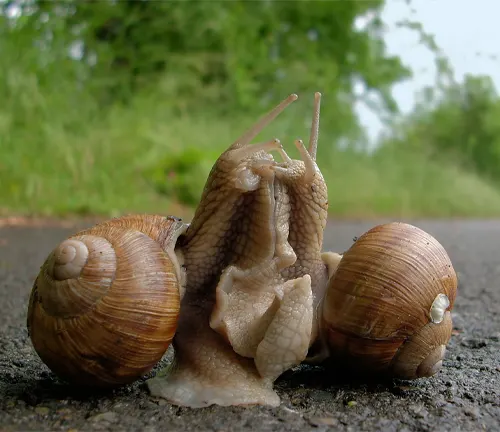
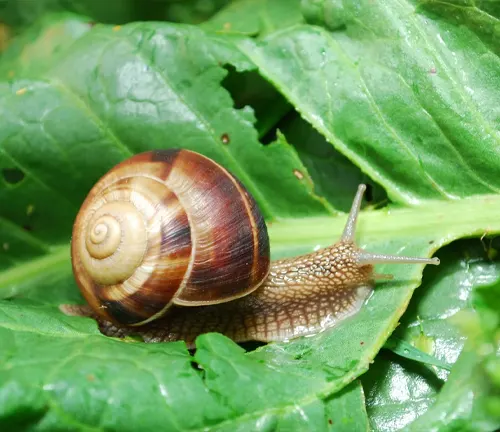
In terms of behavior and lifestyle, Roman snails exhibit fascinating characteristics that make them intriguing subjects for study. They are primarily nocturnal creatures, preferring to venture out under the cover of darkness to forage for food and engage in reproductive activities. As herbivores, they consume a variety of plant matter, including leaves, flowers, and fruits, using their specialized feeding apparatus to scrape and ingest food particles. During the breeding season, which typically occurs in the spring and early summer, Roman snails engage in mating rituals, with each individual capable of producing hundreds of eggs. Following mating, they lay their eggs in moist soil, where they undergo development before hatching into juvenile snails.
Importance in Ecosystem
Roman snails play a crucial role in the ecosystems they inhabit, contributing to nutrient cycling and plant population control. As herbivores, they help regulate plant populations by consuming vegetation, thereby influencing the composition and structure of local plant communities. Additionally, Roman snails serve as prey for numerous predators, including birds, mammals, and other invertebrates, contributing to the diversity and stability of food webs within their habitats. Their presence and activities influence the dynamics of their ecosystems, making them integral components of the natural world.
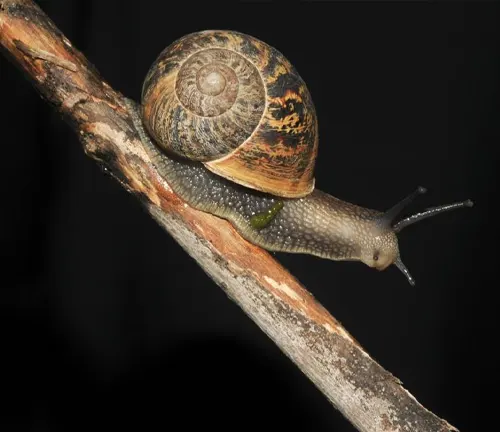
Conservation Status
Despite their ecological importance, Roman snails face threats from habitat loss, pollution, and overcollection for culinary purposes. These factors have led to declines in some populations, raising concerns about their long-term survival. To address these threats, conservation efforts have been initiated, focusing on habitat restoration, legal regulations on harvesting, and public awareness campaigns. By protecting their habitats and implementing sustainable management practices, we can help safeguard Roman snails and their ecosystems for future generations.
Cultural and Historical Significance
Throughout history, Roman snails have held cultural and historical significance in various societies. They have been depicted in art, literature, and folklore, symbolizing attributes such as longevity, wisdom, and resilience. In some cultures, they are associated with fertility and prosperity, while in others, they represent themes of transformation and regeneration. Their presence in human societies has left an indelible mark on cultural practices and beliefs, enriching our understanding of the natural world and our place within it.
Human Interaction
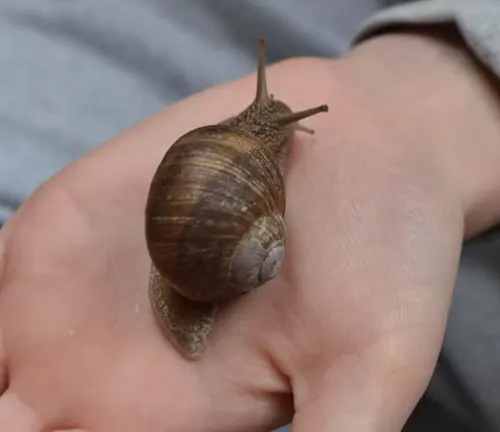
Humans have interacted with Roman snails for centuries, both as sources of food and subjects of scientific study. In some regions, they are considered a delicacy and are harvested for culinary purposes, particularly in traditional dishes such as escargot. Additionally, Roman snails have been the focus of scientific research, contributing to our understanding of topics such as ecology, evolution, and conservation biology. However, human activities have also posed threats to Roman snails, highlighting the need for responsible stewardship and sustainable management practices.
Roman Snails as Pets
While Roman snails are sometimes kept as pets in captivity, there are legal restrictions and regulations governing their ownership and care. Proper housing, diet, and environmental conditions are essential for maintaining their health and well-being. For those interested in keeping Roman snails as pets, it’s crucial to research and understand these requirements to ensure the welfare of the animals and compliance with relevant laws and regulations.
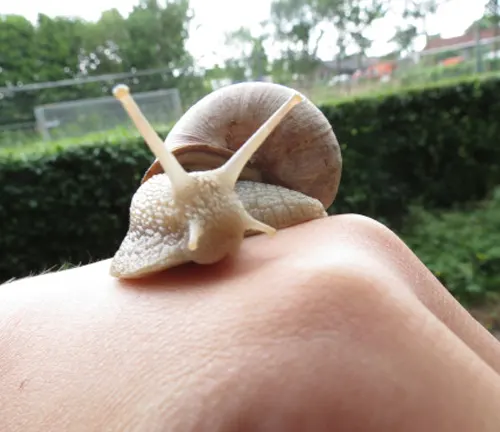
Interesting Facts and Trivia
- Roman snails are known for their hibernation behavior, retreating into their shells during periods of cold weather or drought.
- They possess a specialized tongue-like structure called a radula, which they use to scrape and ingest food particles.
- Roman snails are hermaphroditic, meaning they possess both male and female reproductive organs.
Common Misconceptions
Despite their widespread popularity, Roman snails are subject to several common misconceptions. One prevalent misconception is that they are native to Italy, when in fact, they are found in various parts of Europe. Additionally, there is a misconception that all snails are harmful to gardens, when in reality, Roman snails play important roles in ecosystems and can even benefit garden ecosystems by contributing to nutrient cycling.
Future Prospects
Looking ahead, the future prospects for Roman snails depend on our collective efforts to address the threats they face and promote their conservation. Continued research into their ecology, behavior, and genetics will deepen our understanding of these fascinating creatures and inform conservation strategies. By raising awareness of their ecological importance and implementing effective management practices, we can ensure the long-term survival of Roman snails and the ecosystems they inhabit.
Different Species
Helix lucorum
Also known as the Turkish snail, this species is native to southeastern Europe and western Asia. It has a conical shell with distinct spiral bands and is often found in forested areas.

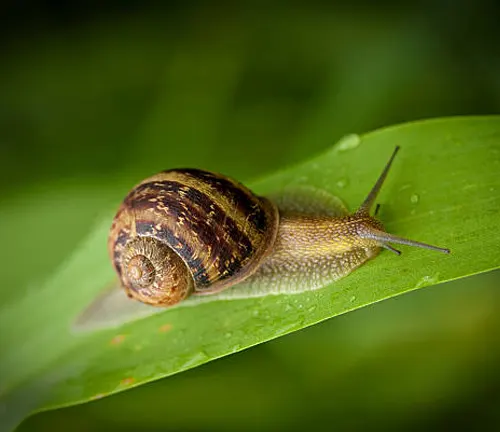
Helix aspersa
Commonly known as the garden snail or brown garden snail, this species is widespread across Europe and has been introduced to many other parts of the world. It is known for its ability to thrive in gardens and agricultural areas.
Helix albescens
Found in parts of southeastern Europe, this species has a whitish shell with brown spiral bands. It prefers habitats with dense vegetation and moist soil.
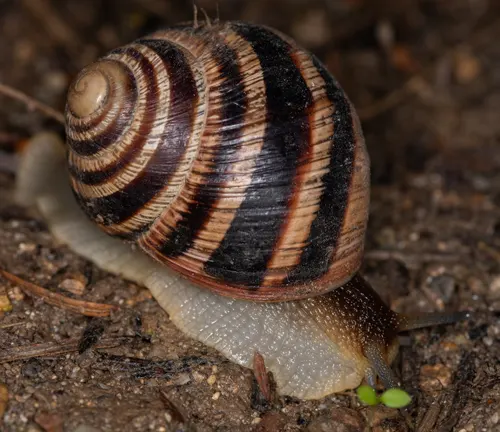
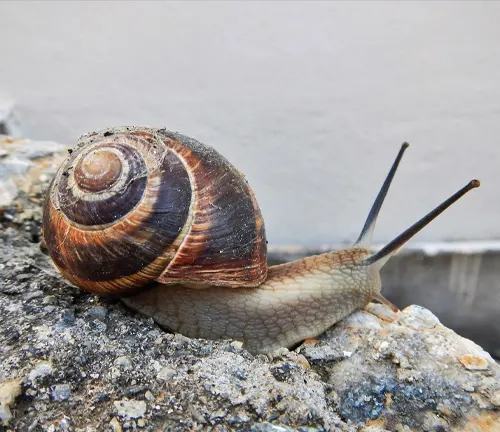
Helix cincta
Native to central and southeastern Europe, the banded snail has a shell with distinct brown bands. It inhabits a variety of habitats, including woodlands, meadows, and gardens.
Helix pomatia
The true Roman snail, also known as the Burgundy snail, is the species most commonly associated with the name “Roman Snail.” It has a large, globular shell with brown stripes and bands and is found in temperate regions of Europe.
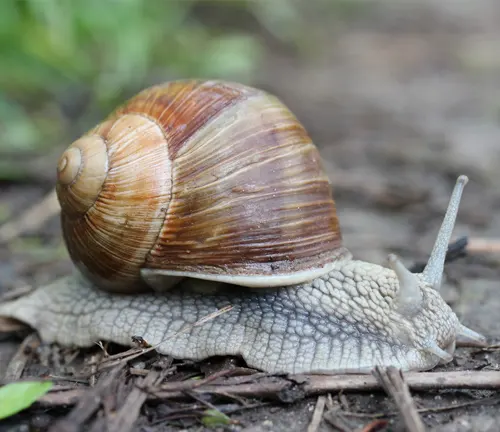
Frequently Asked Questions (FAQs)
- Are Roman snails harmful to gardens?
While Roman snails may occasionally feed on plants in gardens, they generally do not cause significant harm unless present in large numbers. Some gardeners may find their presence beneficial for nutrient cycling. - Do Roman snails carry diseases?
Roman snails can harbor bacteria or parasites that may be harmful to humans, especially if proper hygiene practices are not followed after handling them. However, the risk of disease transmission is relatively low. - How can I attract Roman snails to my garden?
Providing a suitable habitat with moist soil, ample vegetation, and sheltered areas can attract Roman snails to your garden. Avoiding the use of pesticides and maintaining a diverse plant ecosystem may also help. - What predators do Roman snails have?
Roman snails have several natural predators, including birds, mammals (such as hedgehogs and rodents), reptiles, amphibians, and other invertebrates like beetles and centipedes. - Do Roman snails reproduce quickly?
Roman snails reproduce at a moderate pace compared to some other species of snails. They lay eggs in moist soil during the breeding season, with each individual capable of producing hundreds of eggs. - Can Roman snails regenerate their shells?
No, Roman snails cannot regenerate their shells once they are damaged or broken. Shell damage can impair their ability to protect themselves from predators and environmental conditions. - Are Roman snails invasive species?
While Roman snails have been introduced to some regions outside of their native range, they are generally not considered invasive species. However, their introduction can sometimes disrupt local ecosystems. - How do Roman snails communicate with each other?
Roman snails communicate through chemical signals, using pheromones to attract mates and navigate their environment. They also rely on tactile and visual cues to interact with conspecifics. - Do Roman snails have any natural enemies?
Yes, Roman snails have several natural enemies, including predators such as birds, mammals, and other invertebrates. Additionally, they may face competition from other snail species for resources. - Can Roman snails live in captivity?
Yes, Roman snails can live in captivity under the right conditions. However, it’s essential to provide them with suitable housing, diet, and environmental enrichment to ensure their health and well-being.


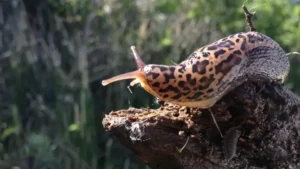
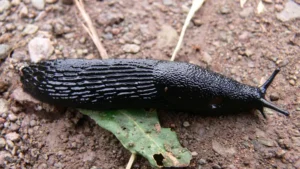
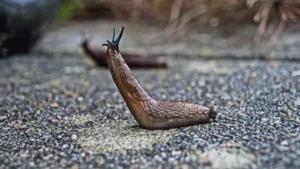
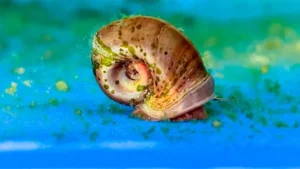
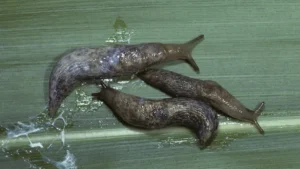
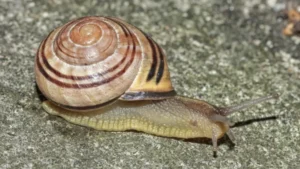

Leave your comment